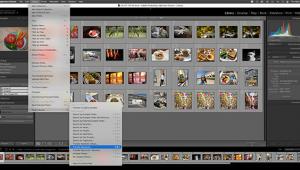Adobe’s Photoshop CS5; Faster & More Features, But Is It Worth The Upgrade?
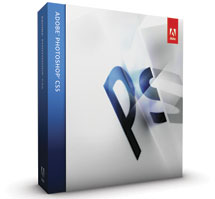 If a computer is part of your photographic workflow, then you’re probably already using Adobe’s Photoshop. The program has become standard for serious pros, erstwhile amateurs, and even those who just want to add some flair to their Facebook profile. Meanwhile, the program continues to provide the best expert-level tools for exposure adjustments, pixel-level editing, and color corrections. There’s a powerful feature for just about every photographer, and the new version adds some amazing new tricks.
If a computer is part of your photographic workflow, then you’re probably already using Adobe’s Photoshop. The program has become standard for serious pros, erstwhile amateurs, and even those who just want to add some flair to their Facebook profile. Meanwhile, the program continues to provide the best expert-level tools for exposure adjustments, pixel-level editing, and color corrections. There’s a powerful feature for just about every photographer, and the new version adds some amazing new tricks.
Some of these seem more like parlor tricks than something photographers have been burning up to use. The new Content-Aware Fill magically adds new content to a photograph—say, another row of trees in a forest or a few more balloons in a parade. You just select an open area, choose the menu option, and Photoshop adds the new pixels. A new Puppet Warp option lets you move an arm on its socket, pointing in a new direction or bending down instead of up, or make other adjustments to a portion of an image so that you can rotate any selection along an axis. Still, they point to a level of new photo intelligence that will continue to bear fruit in the future.
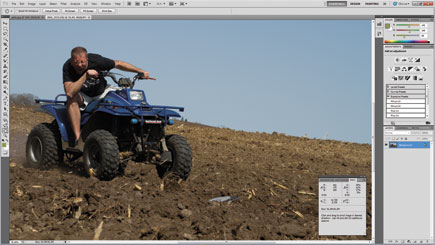 |
|
|
The other major addition is a new photo browser called Mini Bridge. Bridge is the Adobe product included with Photoshop for managing your image collections. Now, with the Mini Bridge, you can see thumbnails, filter by rating or another criterion, and open multiple images at once. This new addition provides a dramatic workflow change, especially since Adobe also improved Camera Raw import so that you can select images for a new catalog in the Mini Bridge, click a few noise reduction options in the Raw dialog box, edit and apply effects in Photoshop, and quickly export the new shots.
 |
|
|
The basic summary with Photoshop CS5 is this: the program is now faster, adds new professional features that will save you time, but also includes a handful of new features that seem to be more about showcasing intelligent photo manipulation as opposed to being legitimately useful. While the new Mini Bridge is incredibly helpful, it’s still a bit too basic for any in-program photo management.
Speed Improvements
Before we dive into the new gee-whiz features, it’s important to mention the speed improvements. With Photoshop CS4, Adobe added 64-bit support, which means your computer can access a great amount of RAM. In a side-by-side comparison between Photoshop CS4 and CS5 on the same PC, the new version loads in just 2 seconds compared to about 4 seconds. Zooming in on a photo is instantaneous, whereas with the last release, there was still the occasional slowdown. (More about the graphics card support for Open GL functions later—these also add some dramatic performance boosts.)
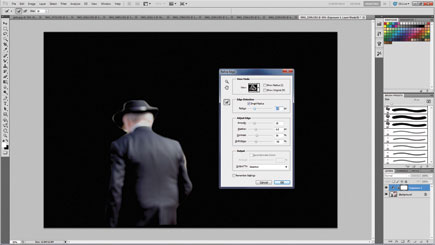 |
|
|
Photoshop CS5 just feels snappier for just about every function—re-sizing an image, opening Raw files, applying effects. For a photographic workflow, that’s critical—there’s rarely that 2-second wait time for just about every photo tweak. Instead, in CS5, most changes occur in an instant. It’s rather amazing to open a 25MB Raw file and run an unsharp mask effect and see the results immediately. The previous Photoshop release was also quite fast on a 64-bit computer, but CS5 is even faster.
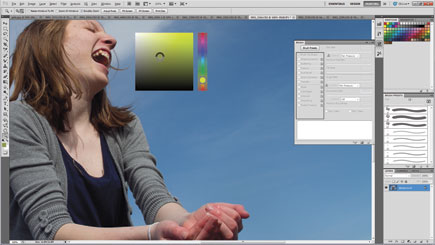 |
|
|
In many ways, without the speed boosts, some of the other new features would be less impressive. Adobe obviously wants to keep pushing the envelope and make photo editing even more nimble.
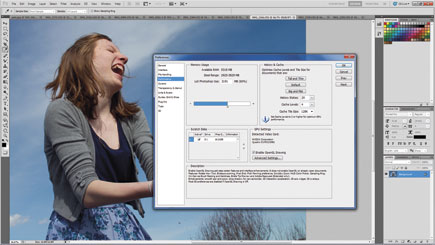 |
|
|
Mini Bridge
The new Mini Bridge is another important update to the workflow. Available as a simple (but occasionally hard to find) icon, you click Mini Bridge and a small but re-sizable dialog box appears. Here, you can Ctrl-click on multiple images and open them, either directly into Photoshop or using the Camera Raw 6 dialog box. There’s an easy way to filter the results by date, recent folders, favorites, ratings, and other criteria. You can also run batch processes on the images, such as first re-naming the files and then saving them as a new file format for sending to a client or for archiving.
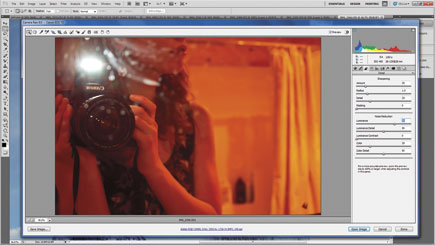 |
|
|
Mini Bridge saves a tremendous amount of time because it is built into Photoshop CS5. It alters the workflow because you can browse through a new collection of photos quickly and then load them into Photoshop without having to use a third-party tool such as Adobe’s Lightroom. There’s an easy-to-find slider for adjusting thumbnail size, and you can even enter a Full-Screen browse mode.
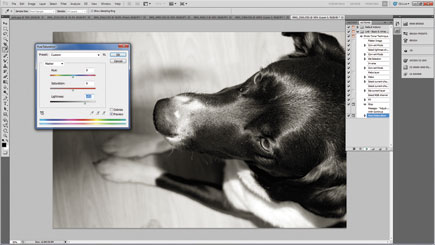 |
|
|
